“There isn’t much up there.”
Such was the way an affable, older British gentleman concluded our conversation after I’d interrupted his Sunday morning stroll to ask for directions. He pointed me to an alternate route—“just in front of that white cottage”—that would take me off the main road, a popular path with the Sunday strollers.
“Do you know where you need to go?” he continued, perhaps fishing for an explanation for why anyone, let alone a foreigner, was in rural England looking for the small town of Sedgley.
“Actually, my last name is Sedgley.”
I watched his facial expression closely, hoping the cracks of his face would reveal the smile from a long lost relative. “Ah,” he responded, looking uphill in the direction I’d need to walk. Apparently, I’d have to work harder to find my pasty brethren.
It’s hard to place when I first learned of this hamlet in the west midlands of England, but it was probably around the launch of the first search engine. I didn’t know anything about it but, for a decade, it was firmly placed high on my travel destination list.
It was also a fun fact I’d readily share with any English person I met. Perhaps I was trying to establish common ancestors, a connection that was genealogically tenuous at best. I am roughly 50% British using the slide rule of hereditary ratios that a Swedish friend—like, “Born in Sweden and speaks Swedish” Swedish—pointed out as absurd practice unique to Americans. Even without an ancestral chart, I was confident that a Sedgley had roamed here before; except for a park near Philadelphia and another in Manchester, this geographical footnote is the only substantive hit on Google Maps.
And it is small. Once my fun fact was met with a look of confusion—which it was, always—I’d respond with the nearest city I’d remembered from the online map: Dudley. “Oh, DUHD-lay” they’d invariably respond, mimicking natives of this area by projecting their lips out like an orangutan.
Great, so my potential ancestors are the linguistic laughing stock of my homeland.
“The road before that white cottage is called Turls Hill Road. We’ve always called it ‘White’s Road’ but I don’t know why,” he continued in an accent that seemed perfectly fine to me, distinguished even. “There aren’t any leaves on the trees but it will get you off the main road. But there isn’t much up there.”
Truth be told, I’d expected that. But I’d brought my camera and had several hours to sift through rural England to find something worthy of being framed and hung on a wall back home. I had only made a modest investment—49 sterling pounds, 2.5 hours on a train from London, and a mile on foot—to get to this point. At the very least, it would be a check off my destination list.
I thanked him for his time and continued up the sloping hill, taking a left at the white cottage.
The narrow country lane skimmed a row of bucolic homes before transforming in to a footpath that cut through a series of vast horse pastures. It was a cold, overcast morning in February; the trees had been bare for months and the verdant fields had succumbed to mud. Tits and goldfinches defiantly sang from bare branches to remind passerby that spring was just around the bend. A horse clopped through the mud towards the edge of its derelict fence as I approached, allowing its muzzle to be scratched. Several dog walkers passed, each with a genuine smile for an unfamiliar man donning white shoes, binoculars, and a large camera.
After fifteen minutes, I was on top of the hill and fully submerged in the brick row houses and short driveways of English suburbia. A sign informed me that I was a six-minute walk a way.
Within a few blocks, I was standing at the edge of a main road, one of four that converges at a roundabout in the middle of town. In fact, as I would soon find out, this intersection—called the “bull ring”—represents the entirety of Sedgley. Formerly the place where townspeople gathered to watch “bull-baiting” (where dogs attempt to immobilize a bull that was tied to a stake), the bull ring now hosts a traffic circle surrounded by a guitar store, a realtor’s office, a bank, a nail salon, two taverns, and Monty’s, an establishment that is sports bar by day and dance club by night.
Fortunately, Monty’s also served beer (£1.90 pints) and lunch which, in my case, comprised of a cheeseburger, “house-made” fries, and a puddle of baked beans that consumed any remaining white space on my plate (£3.50). Big screens on every wall were airing either a track bike competition or the preamble to the EPL match between Chelsea and Manchester City. Monty’s was clearly a club “sunlighting” as a sports bar: food was an afterthought and the décor was best viewed under little to no light. But it was comfortable and the people were very nice.
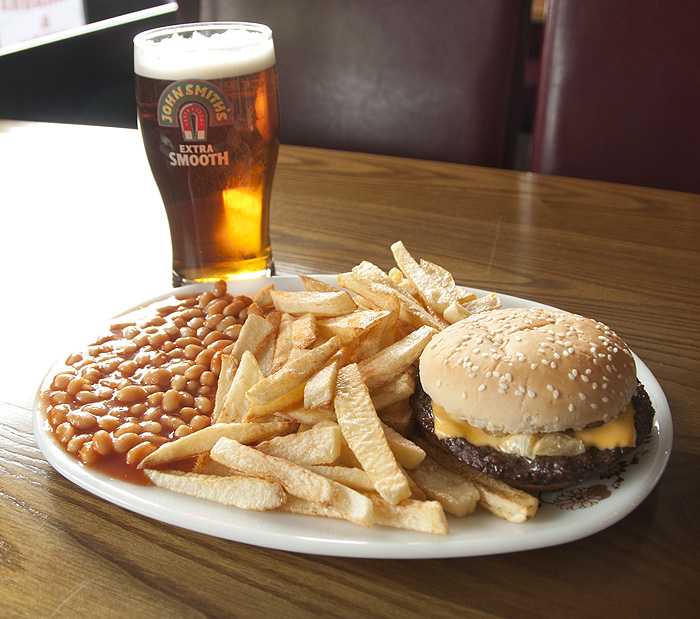
Between smoke breaks and serving tables of older men, the middle-aged woman behind the bar provided me with directions to the only road sign that sported my last name—“Sedgley Hall Road”—as well as the towns brand new “Welcome to Sedgley” sign. She confirmed that the name was old enough to be mentioned in the Domesday Book, a national land registrar commissioned by William the Conqueror in 1086. It also used to be quite a bit bigger but, due to some bureaucratic land relegation, it had been whittled down to its current size. Nearby “Dudley Castle,” a relatively famous landmark, was formerly known as “Sedgley Castle.” One more reason to denigrate those sad saps from “DUHD-lay.”
She also recommended a local historian who has written three books on Sedgley alone. As I said goodbye, I was thankful that her accent wasn’t as thick as the three gentlemen sitting behind me; it took nearly a minute of concentrated eavesdropping before I recognized a single word.
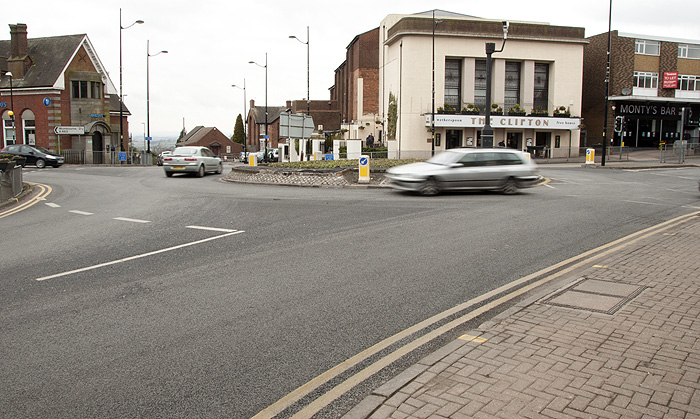
I spent another hour or so walking up and down the main streets of Sedgley (all six of them). A few boarded-up windows and derelict buildings comingled with worn storefronts that distributed the bare essentials of life: eyewear, dentistry, magazines, real estate, and beer. Several handsome cathedrals from the early 1800’s serve the pious, the oldest of which—All Saint’s Church—was adorned with scores of carved human heads, green with moss.
The area appeared safe, if the vigilance of its residents at locating the stranger roaming with a big camera is any indication.
As early afternoon approached and I started the two-mile walk back to the train station, I began to reflect on this destination that had captivated my imagination for so long. I would call Sedgley “charming” in the same way a realtor would refer to a small house that doesn’t fit the market. It is small, clean and quiet: a comfort for the few who call it home, but offers little to entice the masses. Much like the traffic circle at its core, Sedgley is designed to provide efficient passage by offering little temptation to stop.
But I am glad I did.
Walking these unassuming streets affirmed that any location in the world can be interesting if you give it enough time, though it certainly helps to have your last name plastered everywhere. In fact, if it weren’t for our shared names, I would have never come to this blip on the cartographical radar. No part of Sedgley will ever grace the pages of Conde Naste magazine. And that’s perfectly fine with me.
Resources
- http://www.sedgleylocalhistory.org.uk/ninevillages.html#Sedgley
- http://www.sedgleymanor.com/
- http://en.wikipedia.org/wiki/Sedgley
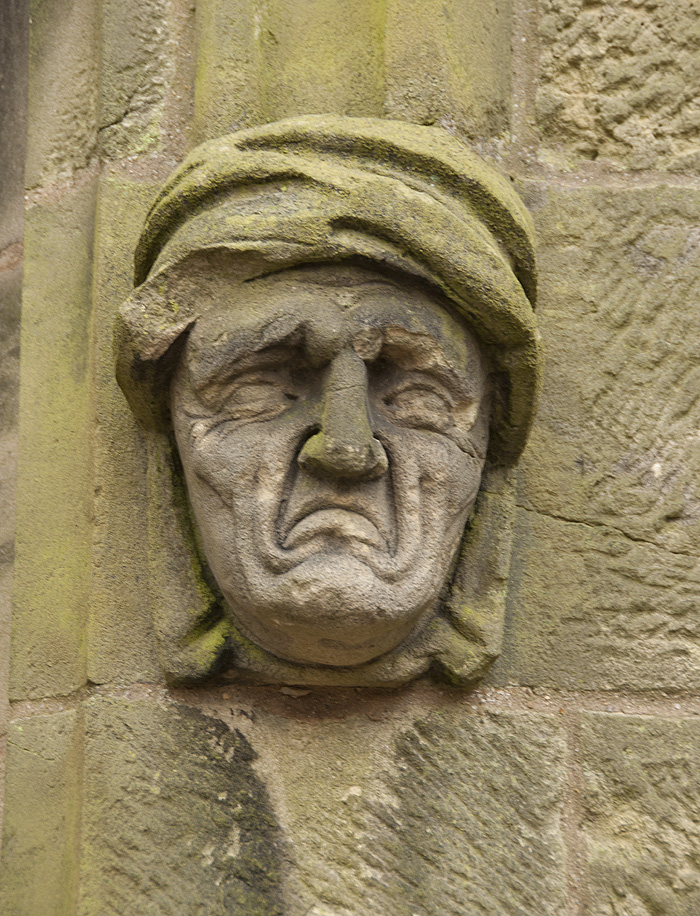

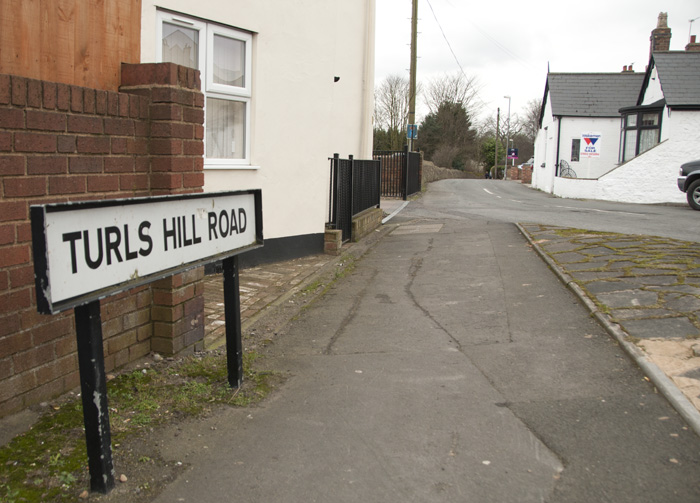
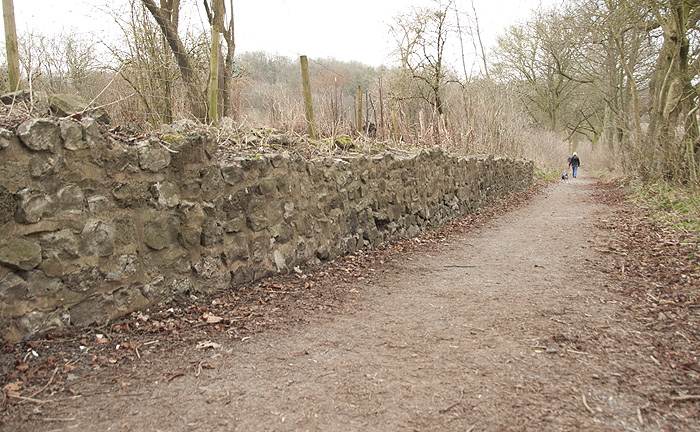


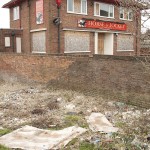
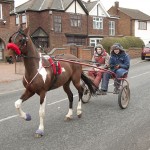

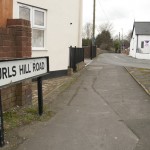
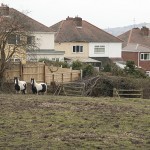

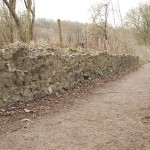
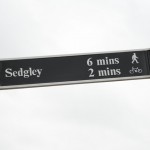
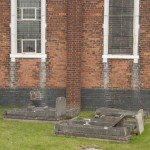
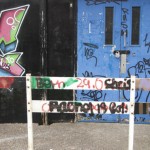
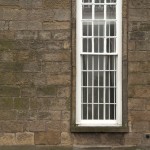
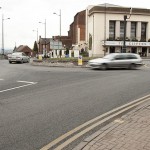

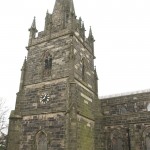
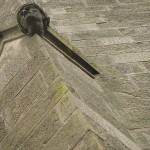
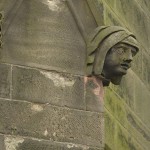
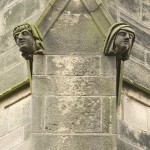



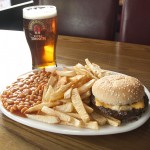
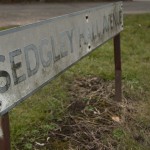
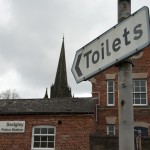
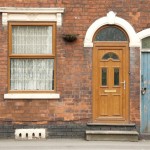
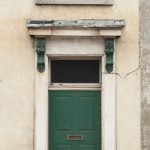
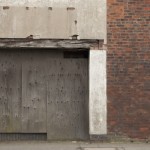
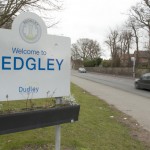
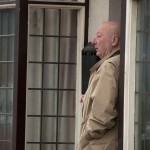
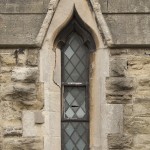

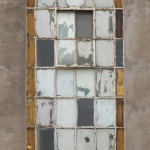
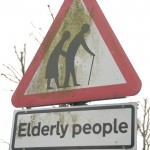
Thanks for writing this up. Saved me the trip!
Net searches (‘cycling’ + ‘Dudley’) will find local cycling clubs, and there’s Tipton Harriers athletics club, in next-door Sandwell borough, not far from Coseley station. We’re thin on rare wildlife, though we have pockets of ancient woodland, including a nearby nature reserve with lots of English bluebells. To the west, we’re on the edge of ‘green belt’, bordered by a country park and Himley Hall grounds. Peregrines nest at a quarry a few miles away. Re geology, the Western Fault runs through the parish, and the ridge we’re on is part of the watershed between the Severn and Trent rivers. Also nearby, study of strata at Wren’s Nest – now a geological reserve – helped define rock ages (Jurassic, etc.). The ponies you photographed were probably owned by families from the Traveller community who settled here decades ago. The light ‘gigs’ you saw (‘Commuters’) are used in trotting races. Serendipity is great; but surely some prior research enriches your ‘visitor experience’, especially when places like Sedgley aren’t used to selling themselves to tourists? (Otherwise, websites are in danger of becoming shared ignorance, and your comments might seem patronizing, rather than funny?) You have my email address, in case you do want to return.
Hi Christine! Thank you for dropping by and taking the time to contribute. I really enjoyed my time in Sedgley. It’s funny, I think I walked by the Beacon Inn on my way out of town and immediately regretted how full my stomach was. But, I have a rule that as soon as I ask for a recommendation (in this case from the bartender at The Red Lion across the street) I must see it through. I’d like to return to Sedgley at some point in life, by bus or foot (I always love to walk). I’ll reach out when I do; I know there is much more to see. Is there a local sports club I should attend?
Having lived in Sedgley for 13 years, I know it takes a lot of reading and some research to get beneath the surface appearance of the area. It’s suffered from crass development in 20th C, plus Dudley borough’s lack of interest in its satellite settlements. Its past is in many ways more interesting than its present. If you’d visited the library (open on Sunday a.m.) as well as Monty’s, you’d have found the five volumes by the late and much missed Trevor Genge, in several shelves of local history books. The ‘ancient parish’ was split up because its population soared in the early 19th C: many Shropshire labourers, thrown off the land by the agrarian revolution, migrated to join in the industrial revolution here – e.g. in ironworks and limeworks, coal and fireclay mining, nail- and brickmaking, thanks to local mineral deposits, and canal and rail transport. The cheap jibe in the photo of the loos sign against the cop shop misses the recent realization that the frontage of the station is the shell of the 1734 workhouse, and one of the area’s oldest buildings. Yes, the accent can be depressingly impenetrable; but many of us can manage something closer to RP and standard grammar. Domesday is actually a taxation document, in face of a threatened invasion – how many men can be mustered for an army, and how much cash can we raise. Cathedrals are the operating centres of dioceses, in cities such as at Worcester; we have only churches and chapels. A family called White once lived at Turls Hill House, and White’s Drive is an alley running off Turls Hill Road, behind Queen’s Road. And the parish church is All Saints’, because there are lots of saints involved, not just one. There’s little moss on it, mostly algae. Your medieval ancestors were almost certainly buried in the churchyard. Monty’s is not where I’d choose to eat in Sedgley; and you missed the prize-winning in-house brews at the Beacon inn, down Bilston Street. The whole place is much quieter than normal, too, thanks to long-term diversions for roadworks. You’d have done better to catch the Wolverhampton bus, rather than walk to and from Coseley, and it’s cheaper if you book an advance rail ticket. Can you come back?